How to Start an Online Store in 2022 with WordPress – Step by Step
Do you want to start your own online store? We know that building an online store can be a terrifying thought especially when you are not techy.
Well, you’re not alone. After helping hundreds of users start their online stores, we have decided to create the most comprehensive guide on how to build your online store with WordPress (step by step)
What Do You Need to Start an Online Store?
There had never been a better time to start an online business than today.
Anyone with a computer can get started within a matter of minutes and without acquiring any special skills.
The three things you need to start an online store are:
- A domain name idea (this will be the business name of your online store i.e creativemembershipclub.com.au)
- A web hosting account (this is where your website lives on the internet)
- Your undivided attention for 30 minutes.
Yep, it is really that simple.
You can setup your own online store with WordPress in less than 30 minutes and we’ll walk you through each step of the process.
In this tutorial, we will cover:
- How to Register a Domain Name for Free
- How to Choose the Best WooCommerce Hosting
- How to Get a SSL Certificate for Free (required for accepting payments)
- How to Install WordPress
- How to Create a WooCommerce store
- How to Add Products in your Online Store
- How to Select and Customize Your Theme
- How to Extend Your Online Store with Plugins
- Learning to Learn WordPress & Grow Your Business
Ready? Let’s get started.
Step 1: Setting up Your Online Store Platform
The biggest mistake most users make is not choosing the right platform for their online store.
Thankfully you’re here, so you won’t be making that mistake.
There are two popular eCommerce platforms that we recommend: Shopify or WordPress + WooCommerce.
Shopify is a fully hosted eCommerce solution that starts at $29 / month (paid monthly or yearly upfront to earn a discount). It’s a hassle-free solution where you just log in and start selling. The downside to Shopify is that it gets quite expensive, and your payment options are limited unless you pay additional fees.
This is why we choose WordPress + WooCommerce because of the flexibility it offers. It does require some setup, but it’s worth doing it in the long run. WordPress is the most popular website builder and WooCommerce is the world’s largest eCommerce platform.
In this tutorial, we will walk you through how to set up an online store in WordPress using WooCommerce.
To set up your eCommerce store, you need to a domain name, web hosting, and an SSL certificate.
A domain name is your website’s address on the internet. It is what users will type in their browsers to reach your website (for example: google.com or wpbeginner.com).
Web hosting is where your eCommerce website lives on the internet. It’s your website’s house on the internet. Every website on the internet needs web hosting.
A domain name is your website’s address on the internet. This is what your users will type in their browsers to reach your site (For example, creativemembership.com.au or google.com).
.com.au – Requires you to have an ABN to register this type of domain.
Next, you’ll need website hosting. All websites on the internet needs a web host to store their website files. This will be your website’s home on the internet.
A domain name typically costs $14.99/year and hosting costs start from $7.99/month.
This is A LOT for most people who are just starting out.
VentraIPis Australia’s Most Trusted Web Hosting Provider.
Founded in 2010. VentraIP Australia is the largest privately owned web host and domain name registrar in Australia, backed by a team of industry veterans and local technical professionals who ensure our customers always get the best customer service and technical support 24 hours a day, 7 days a week.

Ideally you should stick to a .com.au domain name. Make sure that it is related to your business, easy to pronounce and spell, and easy to remember.
After completing your purchase, you’ll receive an email with details on how to login to your web hosting control panel (cPanel).
This is your hosting account dashboard where you manage everything like getting support, setting up emails, etc. Most importantly, this is where you’ll install WordPress.
Step 2. Setting up WordPress
Upon your first login to your WordPress website, Bluehost may offer you help with setting up your website.
Go ahead and click on the ‘I don’t need help link. Don’t worry we will walk you through all the necessary steps.
Let’s set up your WordPress website.
First, you need to visit the Settings » General page to set up your WordPress site title and description.
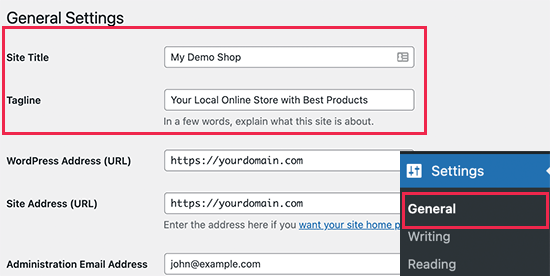
You can use your store name as a site title and provide a catchy description for your business. The description part is optional so don’t worry if you can’t come up with something right away.
Setting up HTTPS to Use SSL
Your WordPress hosting package came with a free SSL Certificate. This certificate is pre-installed for your domain name. However, your WordPress site needs to be configured, so it loads as HTTPS vs HTTP.
On the Settings » General page, you need to change your WordPress Address and Site Address to use HTTPS instead of HTTP.
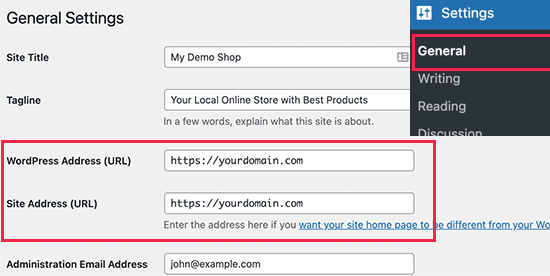
Don’t forget to scroll down to the bottom of the page and click on the ‘Save Changes’ button to store your settings.
Your basic WordPress setup is complete. Now it is time to set up your online store.
Step 3. Setting up Your WooCommerce Store
WooCommerce is the best online store builder on the market. It is built on top of WordPress which gives the flexibility of WordPress with the freedom to sell any type of product you want.
First, you need to install and activate the WooCommerce plugin. For more details, see our step-by-step guide on how to install a WordPress plugin.
Simply go to Plugins » Add New page and search for WooCommerce. In the search results, click on the Install Now button next to the WooCommerce listing.
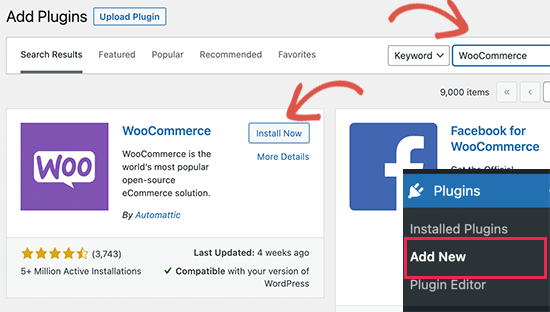
WordPress will now fetch and install the WooCommerce plugin for you. Wait for it to finish downloading the plugin and then click on the ‘Activate’ button to continue.
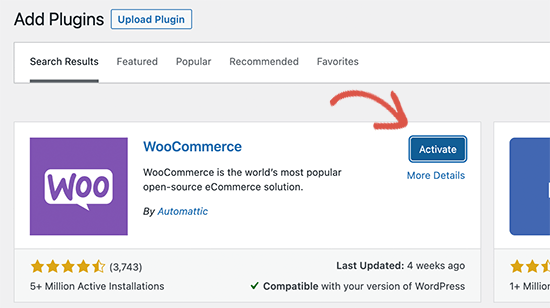
Upon activation, WooCommerce will launch the setup wizard and you’ll see the Welcome to WooCommerce screen. This set-up wizard will walk you through important WooCommerce settings.
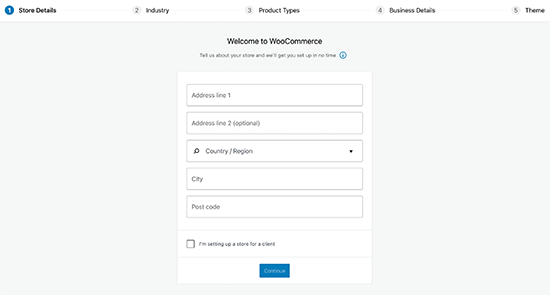
First, you need to provide basic information for your online stores such as an address, country, and region. If you are a retailer, then you can add your retail location information as the address.
After that, click on the Continue button to move on to the next step.
Next, you’ll be asked to choose a store industry. You can choose an industry closest to the type of store you want to make.
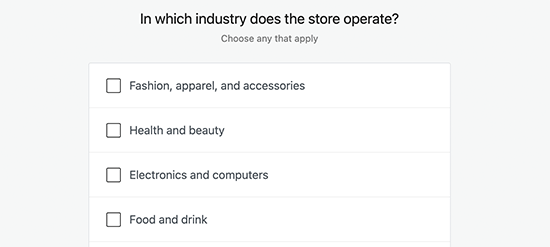
Click on the continue button to move on.
After that, you’ll be asked to choose the types of products you’ll be selling in your store. For instance, if your products need shipping, then you can choose physical products.
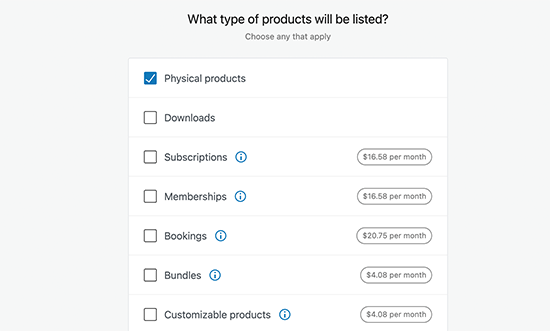
You can also choose multiple product types. For example, you can choose both Physical Products and Downloads too. Don’t worry about selling different product types. You can select which type of product you are adding for each product.
Click on the Continue button.
Next, you’ll be asked to provide some business details like how many products you plan to sell and if you are selling elsewhere. You can choose that I don’t have products yet and select ‘No’ for the other option.
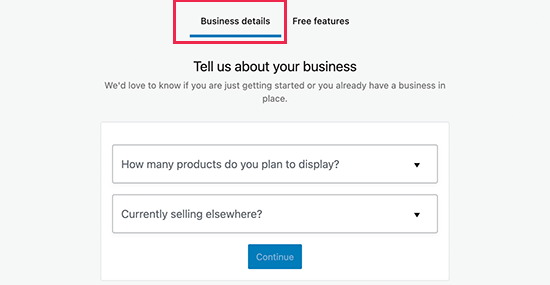
Now, you need to switch to the ‘Free Features’ tab. You’ll see a box pre-checked to install free features for your website.
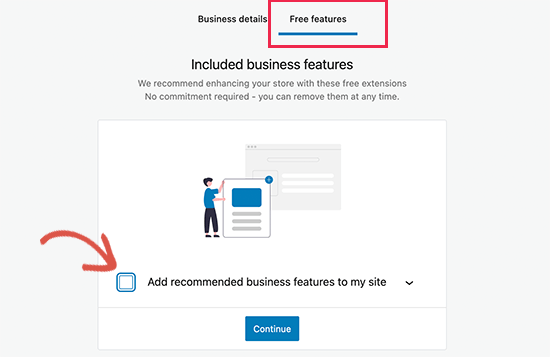
You need to uncheck this option as it will install several other WooCommerce extensions that you may not need. If you need them later, then you can always install them on your own.
Click on the Continue button for the next step.
Next, you’ll be asked to choose a theme for your online store. You can continue with your current default theme, and choose Storefront or any of the free options listed on the page.
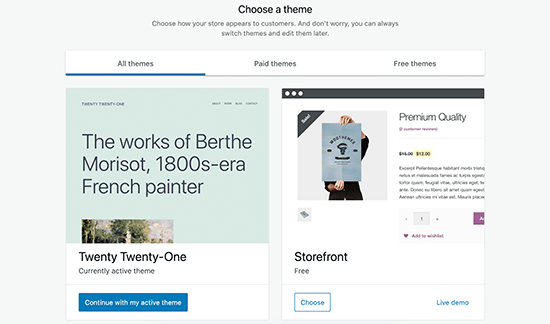
Don’t worry about choosing the perfect theme right away. We’ll show you how to choose the best theme for your online store later in this article.
That’s all, you have successfully completed the basic WooCommerce setup.
Step 4. Setting up Payments for Your Online Store
Next, you need to set up payment methods to accept online payments on your store. WooCommerce provides a bunch of payment gateways that you can easily set up.
Simply go to the WooCommerce » Settings page and switch to the ‘Payments tab. By default, you can choose from PayPal Standard, Cash on Delivery, Checks, and Bank Transfers.
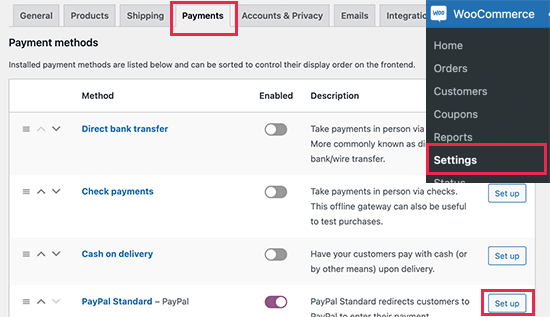
Scroll below and you will also see the option to install Stripe, PayPal Checkout, and WooCommerce Payments. We recommend choosing Stripe and PayPal Standard as your payment options.
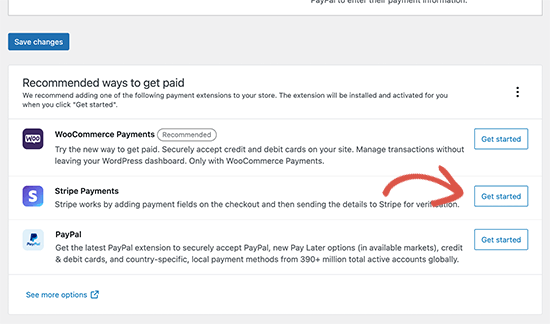
For each payment gateway, you can click on the Setup button and provide the required information. For instance, you can enable Stripe and enter your API Keys (you can find this information under your Stripe account).
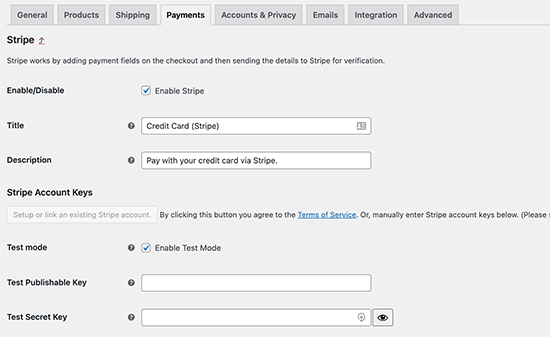
Don’t forget to click on the Save changes button to store your payment settings.
Step 5. Adding Products to Your Online Store
Let’s start with adding the first product to your online store.
You need to visit the Products » Add New page to add a new product.
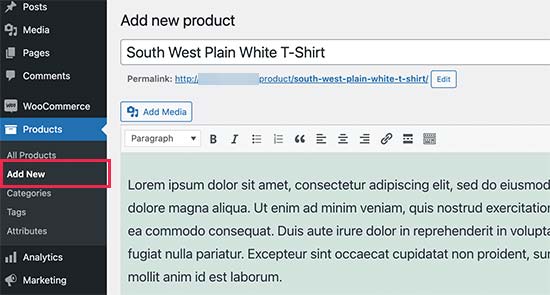
First, provide a title for your product and then a detailed description.
On the right-hand column, you will see the ‘Product Categories’ box. Click on the ‘+Add New Product Category’ to create a category for this product. This allows you and your customers to sort and browse products easily.
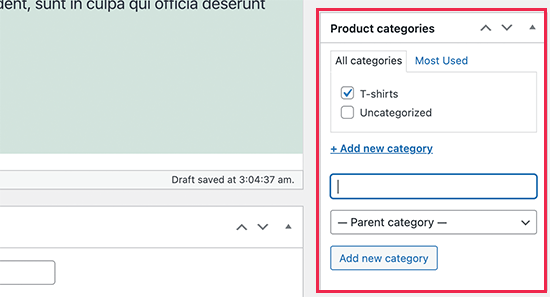
Scroll down a little and you will notice the Product Data box. This is where you will provide product-related information like pricing, inventory, shipping etc.
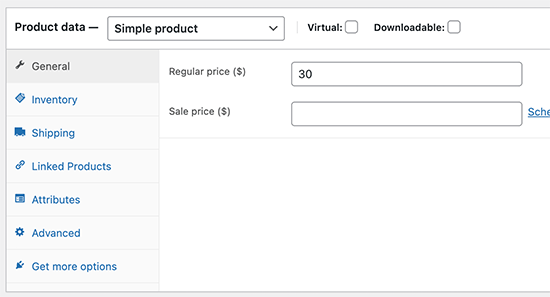
Below the product data box, you will see a box to add a product short description. These product descriptions will be used when users are viewing multiple products on a page.
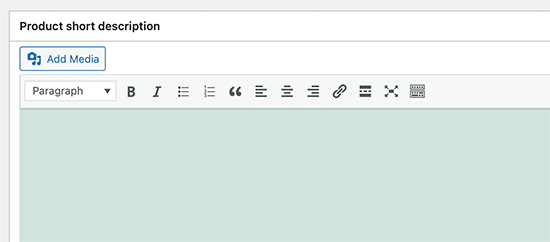
Lastly, on your right-hand column, you will see boxes to add the main product image and a product gallery.
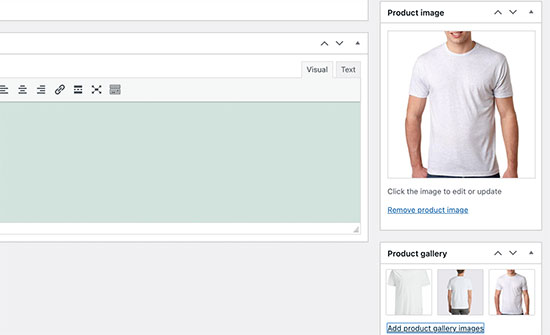
Once you are satisfied with all the product information you have added, you can click on the Publish button to make it live on your website.
Repeat the process to add more products as needed.
Step 6. Select and Customize WordPress Theme
Themes control how your WordPress sites look to the users when they visit them. For a WooCommerce shop, also control how your products are displayed.
There are thousands of paid and free WordPress themes available that help you create a stunning online presence.
However, not all WordPress themes are designed specifically for eCommerce stores.
If you need help selecting a theme, then please refer to our guide on 9 things you should consider when selecting a perfect WordPress theme.
Once you have installed a WooCommerce theme you can customize its appearance to your own requirements.
Simply head over to the Appearance » Customize page. This will launch a theme customizer where you can change different theme settings.
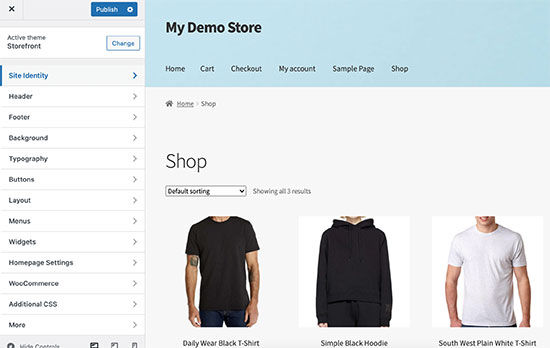
Most modern WooCommerce themes come with different customization options and work well with desktop as well as mobile devices.
Step 7. Extend Your Online Store With Plugins
Now that your store is almost ready, you may want to add more features to create a successful online store. For example, you can add a customer support form or promote your new business on social media to make your first sale.
This is where plugins come in.
Both WooCommerce and WordPress allow you to easily add new features to your website by using plugins or extensions.
Plugins are like apps for your WordPress website. There are thousands of them that you can use, both free and premium. The WordPress.org plugin directory alone has more than 59,000 plugins.
However, this abundance of choices also makes it difficult for beginners to choose the right plugins. How do you know which plugin to choose?
Here are some of our top picks for essential plugins that every online store should install.
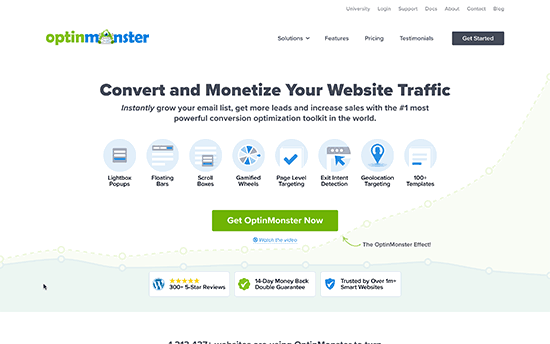
OptinMonster helps you easily convert website visitors into paying customers. It comes with tools like lightbox popups, sticky header and footer banners, countdown timers, spin to win, and more.
All of them help to improve conversions, boost sales, grow your email list, and reduce shopping cart abandonment.
Note: You can get a free version of OptinMonster if you sign up from inside the OptinMonster WordPress plugin.
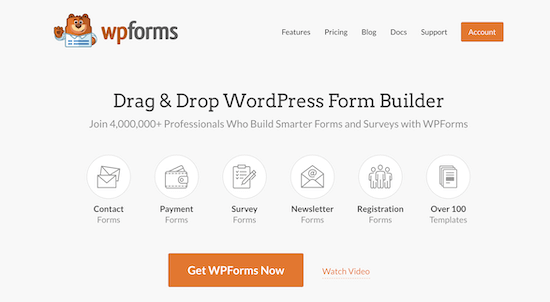
WPForms is the best form builder plugin for WordPress. It allows you to easily create any type of form for your store including contact forms, surveys, login forms, gift cards order form, and more.
It has an intuitive drag-and-drop form builder that allows you to just point and click to create forms. See our guide on how to easily create a contact form in WordPress for detailed instructions.
Note: WPForms also has a free version called WPForms Lite that you can use if you don’t need the Pro features.
3. AffiliateWP
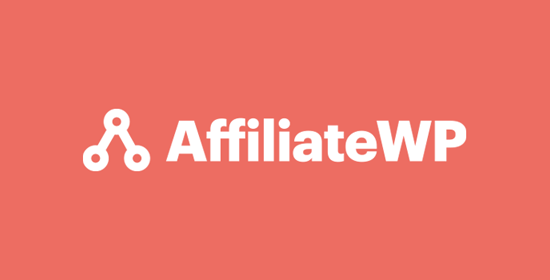
AffiliateWP helps you easily add an affiliate program to your online store. This allows you to partner up with affiliate marketers to promote your products for a commission.
It comes with powerful affiliate tracking, no transaction fees, fraud detection, 1-click pay-outs, and an affiliate dashboard for your partners.
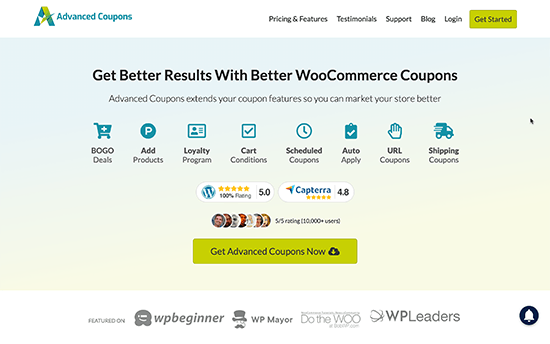
Advanced Coupons is the best coupon code plugin for WooCommerce. It allows you to extend default WooCommerce coupon functionality and create highly effective coupons to grow your business.
With Advanced Coupons you can create a loyalty programs, scheduled coupons, Buy 1 Get 1 Free deal, shipping coupons, and more.
5. Elementor

An Elementor Cloud Website is perfect for web creators who want to focus on building their professional website hassle-free. This end-to-end solution gives you everything you need in one place and is great value for money. Additionally, it can be an excellent solution for anyone building websites for clients as it enables a straightforward handoff process and makes it easy for them to maintain.
Elementor is the leading website builder platform for professionals on WordPress. Elementor serves web professionals, including developers, designers and marketers, and boasts a new website created every 10 seconds on its platform.
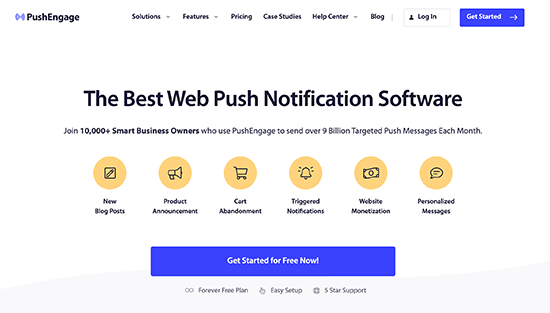
PushEngage is the best push notification software for WordPress and WooCommerce. It allows you to easily send web push notifications to your website visitors on their computers and mobile phones.
With PushEngage, you can send personalized messages to your target audience such as new product announcements, abandoned cart reminders, back-in-stock notifications, welcome messages, and more.
7. All in One SEO for WordPress
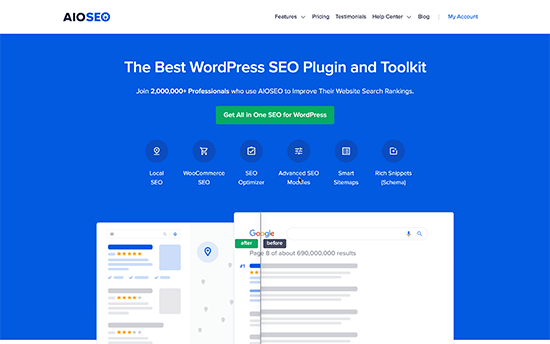
All in One SEO for WordPress is the best SEO plugin for WooCommerce. It allows you to easily optimize your online store for SEO without any search engine optimization skills.
It comes with full eCommerce support, schema markup, sitemaps, breadcrumbs, and more. This helps you bring more traffic to your online store.
Note: There is also a free version of AIO SEO which is still pretty powerful for those who’re just starting out.
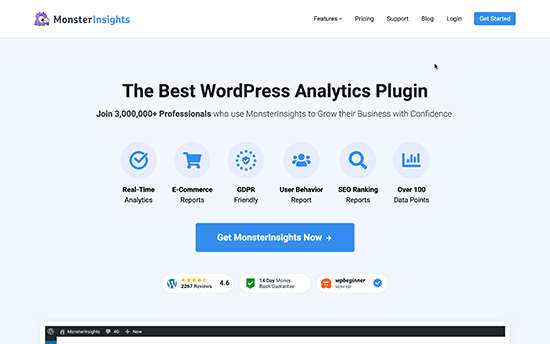
MonsterInsights is the best Google Analytics plugin for WordPress. It helps you see where your customers are coming from and what they do on your website.
MonsterInsights comes with WooCommerce tracking so you can see the conversions and sales data on your website. This helps you adjust your marketing strategy and grow your small business with data-driven decisions.
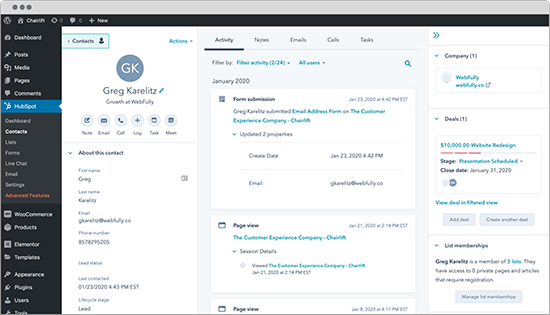
HubSpot is the best CRM plugin for WordPress and WooCommerce. It allows you to automatically sync your forms, manage contacts, segment them into lists, and see every interaction your visitors have with your site. It also has a free email marketing feature built-in.
They also let you add live chat to your website pages and get analytics on the performance of your entire marketing program.
For more plugin recommendations, see our expert pick of essential WooCommerce plugins for an eCommerce business.
For more plugin recommendations, see our expert pick of essential WooCommerce plugins for an eCommerce business.
FAQs About Starting an Online Store
Many of our users regularly reach out to us with questions about starting their own business with an online store. We have tried to answer some of the most frequently asked questions below:
1. Where do I find products to sell in my store?
There are different ways store owners source products. Some sell products like software, digital art, music, and other downloadable products.
Others source products from local or offshore vendors using online marketplaces like Alibaba or AliExpress. If you don’t want to handle your own inventory or shipping, then you could also look into starting a print-on-demand shop or drop shipping.
For more details, see our article on how to choose products to sell online.
2. Can I start an online store for free?
Some eCommerce platforms offer limited free trials but after that you’ll have to pay. While WooCommerce itself is free, you’ll need a domain name and a web hosting account to run it which will cost money.
3. How much does it cost to start an online store?
It depends on your business plan and budget. You can start with VentraIP for $3.50 per month and rely on free plugins and themes to limit your costs. We recommend a business model where you start small and then spend money as your business grows.
4. Can I create an online store without shipping products?
Yes, you can. For instance, you can make an online store using dropshipping plugins, create an Amazon affiliate store, or make an eBay-like marketplace. You can also use the same online store to sell external products as well as your own products.
6. How to manage shipping costs and taxes for my online store?
Depending on your region, you may be required to add sales tax, VAT, or other taxes. WooCommerce allows you to add taxes by enabling them under WooCommerce » Settings page.
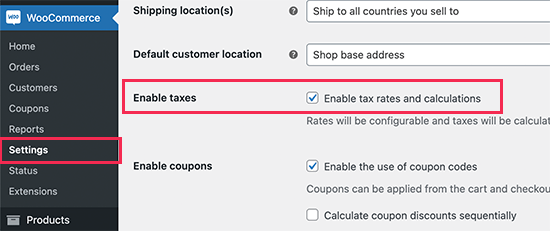
From here, you can also switch to the Shipping tab and create different shipping zones, add shipping rates, set flat shipping rates, and more.
We hope that this tutorial helped you learn how to build an online store.


Wow! What an awesome tutorial!